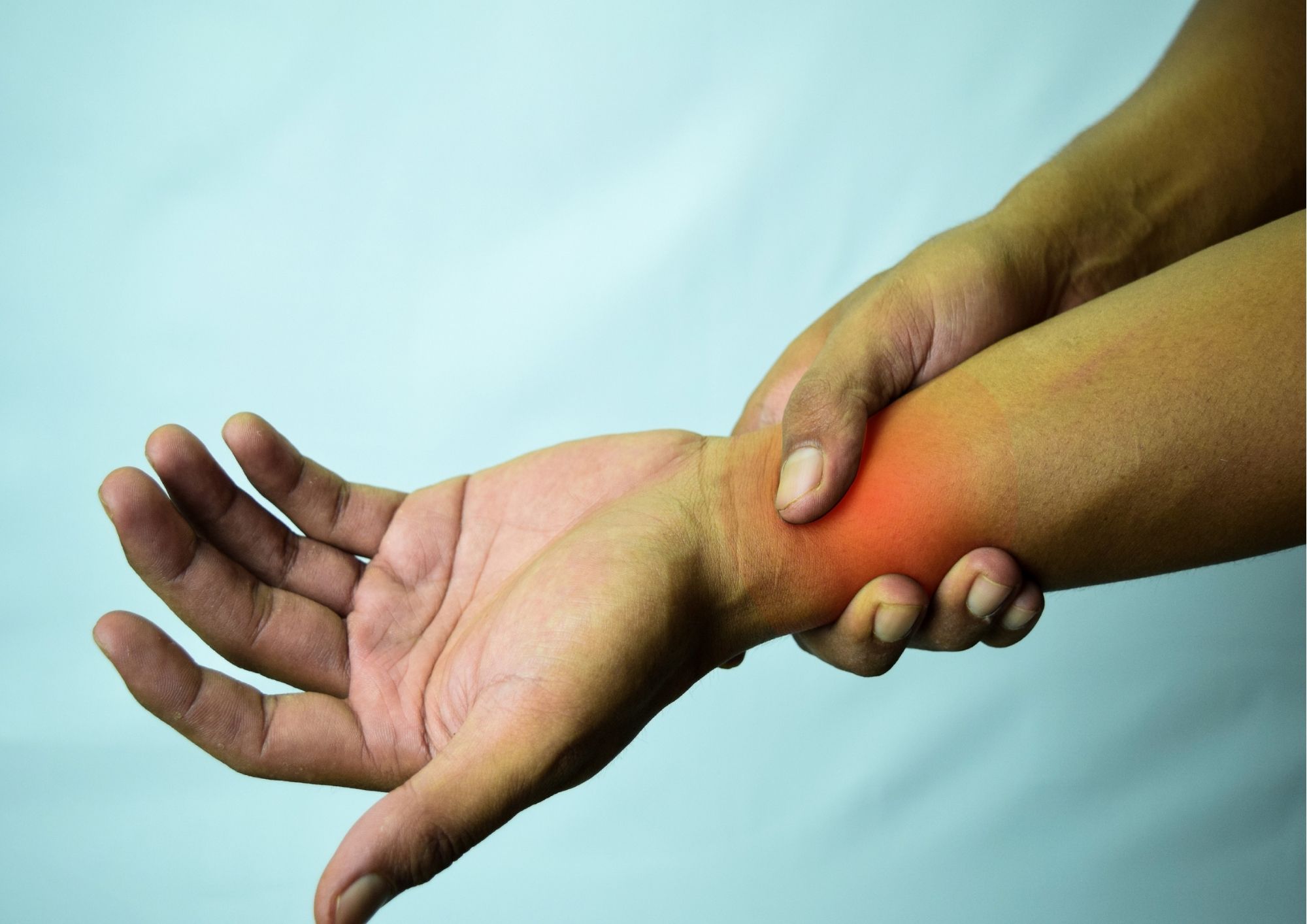Toolbox Talk Tuesday's: Repetitive stress injuries are a class of injuries to the musculoskeletal and nervous system of the body that can be caused or aggravated by repetitive movements, forceful exertions, vibrations or continual and uncomfortable postures.
Toolbox Talk: Repetitive Stress Injuries
Repetitive stress injuries are a class of injuries to the musculoskeletal and nervous system of the body that can be caused or aggravated by repetitive movements, forceful exertions, vibrations or continual and uncomfortable postures. The injuries related to repetitive stress are neglected or misinterpreted due to the fact that workers think that recurring movements are tedious but safe. This merely isn't true, as this type of injury includes ligament sprains or tears, tendonitis, bursitis, herniated intervertebral disc, nerve entrapment, and hand-- arm Vibration Syndrome.
Contributing Factors
Repetition, duration and pace of work
Using similar body positions continuously, such as reaching up, bending over or striking awkward postures and movements.
Forceful exertion
Lifting, striking, pushing, pulling or carrying. Forceful movements can expose workers to risk strains and tears that can occur when the muscles tire out.
Object handled
Bulky or long objects that are hard to handle, including badly designed tools, cause pain.
Contact stress
Continuous pressure from a hard surface or sharp edge on a part of the body
Vibration
Vibrations caused by tools and machinery can cause nerve damage and a loss of feelings in hands and arms over time.
Poorly designed work space
Poor system of material storage and work flow that require carrying heavy materials over long distances and other unnecessary tasks.
Poor organisation and job design
Limited breaks between types of tasks; fast work pace, lack of sufficient task variability.
Temperature
Numbing cold makes workers likely to overestimate the amount of force required for the activity and causes each body position and movement to be more strenuous.
Preventing Repetitive Stress Injuries
- Always use tools that are easy and comfortable to hold.
- Use anti–vibration power tools and anti–vibration gloves to reduce damage to the nerves.
- Take rest periods to avoid continuous exposure to vibration and repetitive or forceful
- movements
- Make sure tools are in good working order. Broken power tools cause excessive vibration. Blunt hand tools increase the effort needed to use them
- Organise the work area in a way that minimises the need to reach, bend and overextend.
- Use mechanical material handling systems whenever possible to reduce lifting and carrying
- Never attempt to lift a load that is too heavy. Reduce the load, ask for help, or use mechanical means
- Always bend the tool, never the wrist.
- Reduce excessive gripping force or pressure.
- Avoid extreme or awkward joint or body positions. Reduce sudden or excessive movement
- Replace hand tools with power tools whenever possible. Manual tools require more exertion of frequent and repetitive force
- Practice safe lifting. Stand close to the load, balance your feet, get a good grip and lift smoothly. Never twist and bend while lifting.
.jpg?width=547&name=Copy%20of%20Blog%20Picture%20Size%20SWS%20Group%20(1).jpg)
Buy First Aid Supplies to help with RSI
Summary
These minimum training and equipment requirements, if followed properly, will greatly minimise the risk of serious injury on the job. For more information concerning this subject, please refer to the applicable sections of the Occupational Health & Safety Guideline from the state government.















